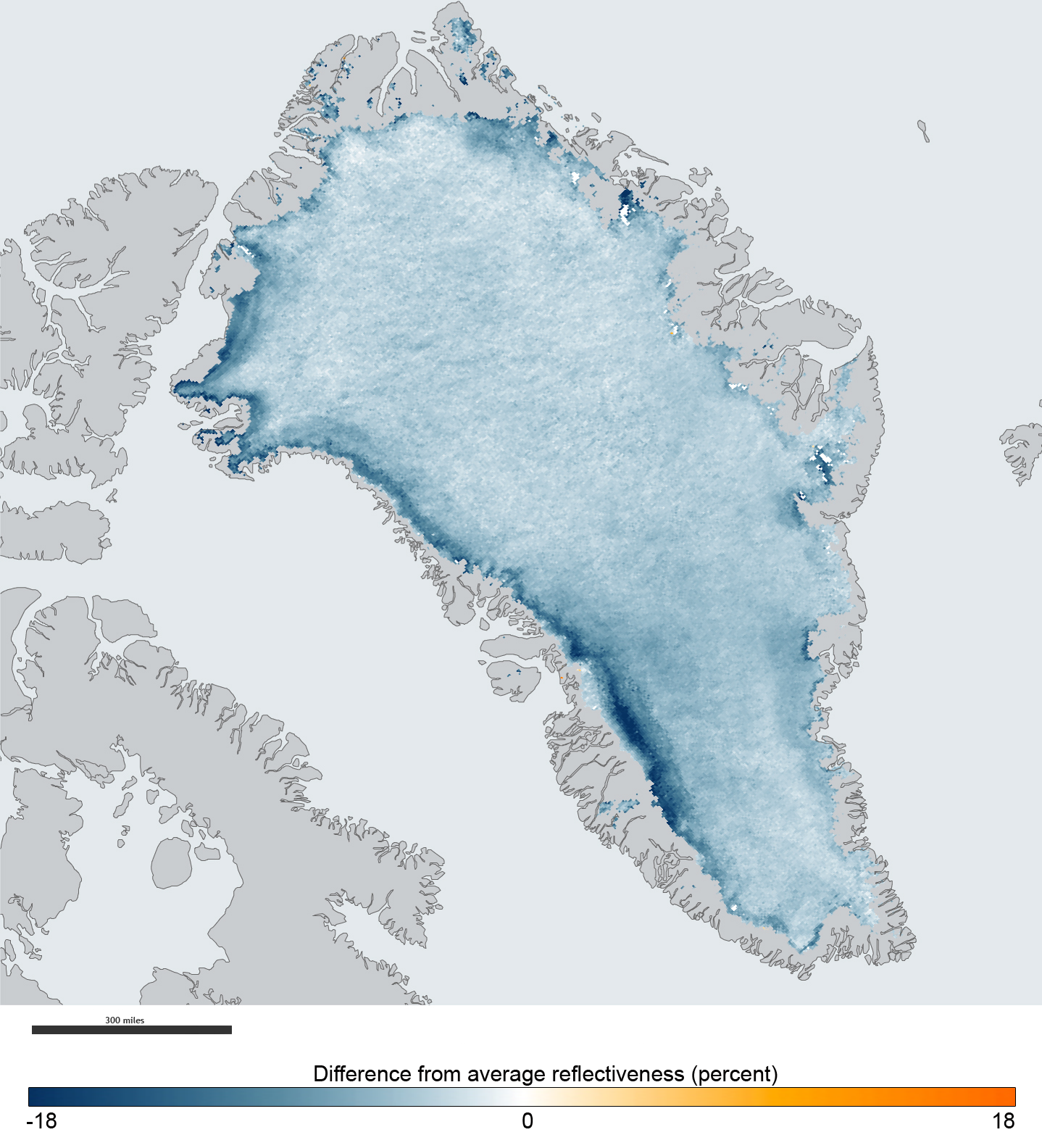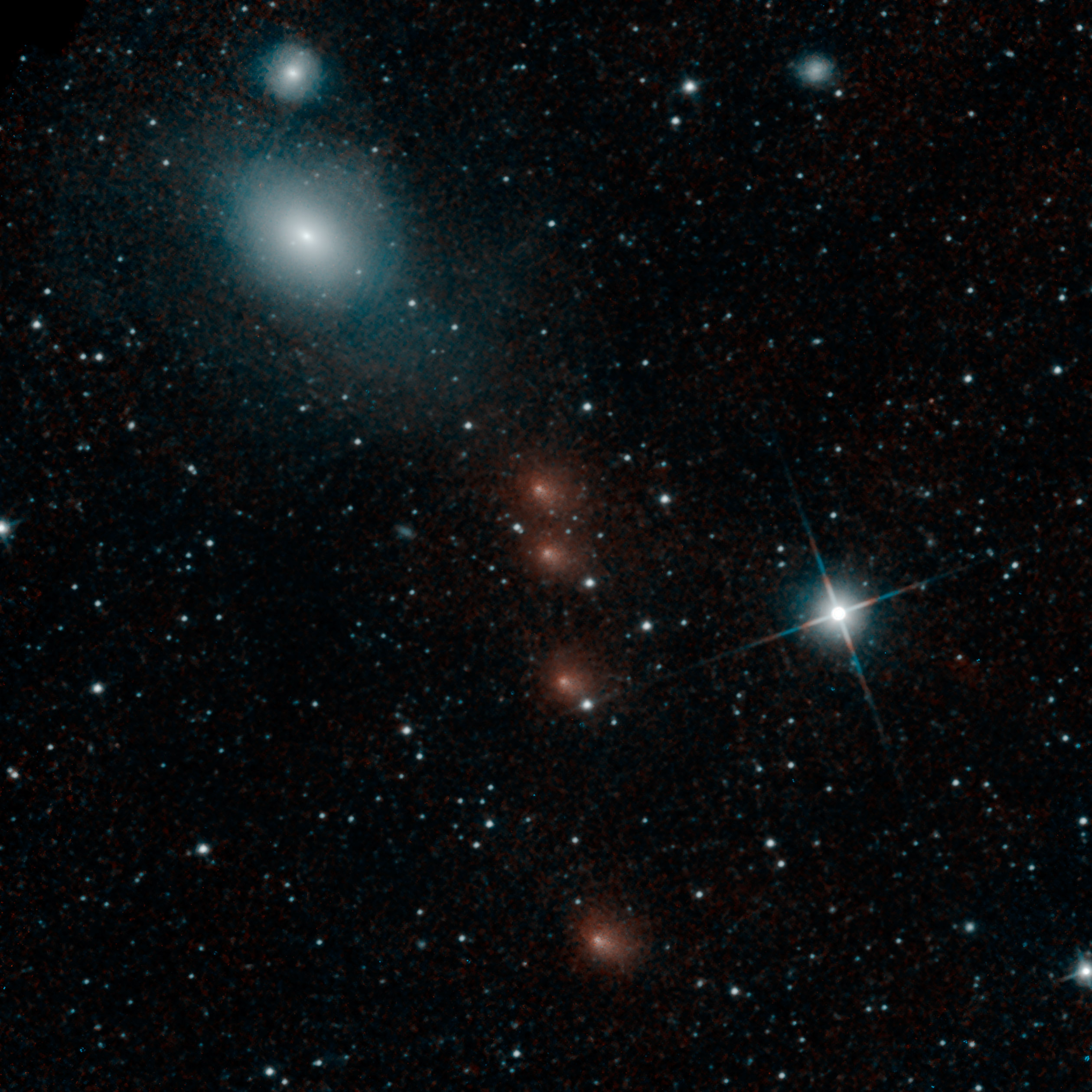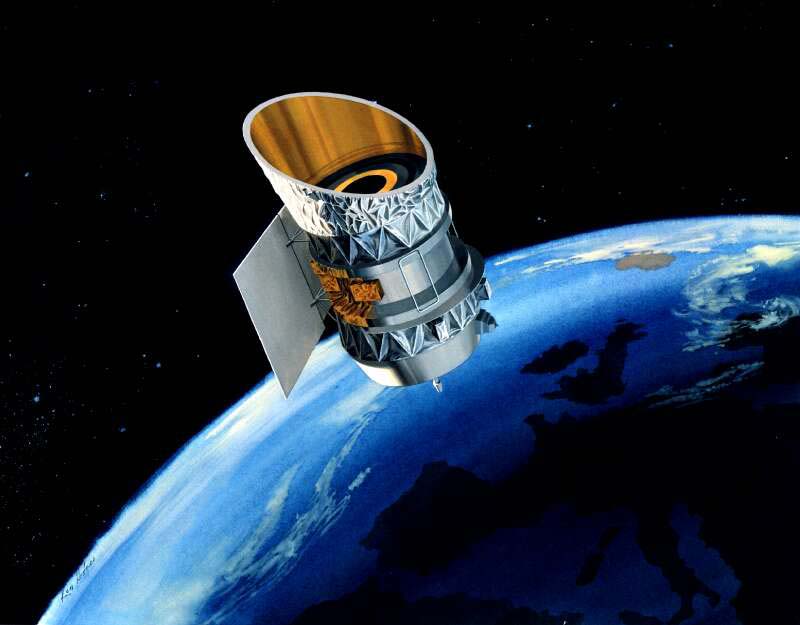|
1760 Sandra
1760 Sandra, provisional designation , is a carbonaceous asteroid from the outer regions of the asteroid belt, approximately 35 kilometers in diameter. It was discovered on 10 April 1950, by South African astronomer Ernest Johnson at Union Observatory in Johannesburg, and named after his granddaughter Sandra. Orbit and classification ''Sandra'' is a carbonaceous C-type asteroid that orbits the Sun in the outer main-belt at a distance of 2.7–3.6 AU once every 5 years and 7 months (2,041 days). Its orbit has an eccentricity of 0.13 and an inclination of 8 ° with respect to the ecliptic. It was first identified as at the discovering observatory. The body's observation arc begins with its identification as at Heidelberg in 1935, or 15 years prior to its official discovery observation at Johannesburg. Lightcurve In April 2006, a rotational lightcurve of ''Sandra'' was obtained from photometric observations by French amateur astronomer Pierre Antonini. Lightcur ... [...More Info...] [...Related Items...] OR: [Wikipedia] [Google] [Baidu] [Amazon] |
Ernest Leonard Johnson
Ernest Leonard Johnson (1891–1977) was a South African astronomer and a former staff member of the Union Observatory in Johannesburg, South Africa. He is known for the discovery of 18 asteroids between 1946–1951, as well as several comets. On 25 August 1949, he discovered 48P/Johnson, a periodic comet expected to pass no closer than 1.2 to 1.3 AU from our planet in 2025. Johnson received the "Donohoe Comet Medal" twice before retiring in 1956. He died in 1977. Biography Johnson was the son of William Johnson, a medical practitioner, and Rachel Sarah Joan Sanderson. He matriculated at Grey College, Bloemfontein, South Africa and started working on a mine but when his brother, Cecil Robert Johnson, was killed in a mining accident he applied for a position at the Union Observatory in Johannesburg, South Africa. He started work there as a learner astronomer in 1914. He served in the armed forces of the Union of South Africa in World War I (1914-1918) during the campaign in ... [...More Info...] [...Related Items...] OR: [Wikipedia] [Google] [Baidu] [Amazon] |
Lightcurve
In astronomy, a light curve is a graph (discrete mathematics), graph of the Radiance, light intensity of a celestial object or region as a function of time, typically with the magnitude (astronomy), magnitude of light received on the ''y''-axis and with time on the ''x''-axis. The light is usually in a particular frequency interval or frequency band, band. Light curves can be periodic, as in the case of eclipsing binary, eclipsing binaries, Cepheid variables, other periodic variables, and Methods of detecting extrasolar planets#Transit photometry, transiting extrasolar planets; or aperiodic, like the light curve of a nova, cataclysmic variable star, supernova, gravitational microlensing, microlensing event, or binary as observed during occultation events. The study of a light curve and other observations can yield considerable information about the physical process that produces such a light curve, or constrain the physical theories about it. Variable stars Graphs of the ap ... [...More Info...] [...Related Items...] OR: [Wikipedia] [Google] [Baidu] [Amazon] |
Minor Planet Circulars
The Minor Planet Center (MPC) is the official body for observing and reporting on minor planets under the auspices of the International Astronomical Union (IAU). Founded in 1947, it operates at the Smithsonian Astrophysical Observatory. Function The Minor Planet Center is the official worldwide organization in charge of collecting observational data for minor planets (such as asteroids), calculating their orbits and publishing this information via the '' Minor Planet Circulars''. Under the auspices of the International Astronomical Union (IAU), it operates at the Smithsonian Astrophysical Observatory, which is part of the Center for Astrophysics along with the Harvard College Observatory. The MPC runs a number of free online services for observers to assist them in observing minor planets and comets. The complete catalogue of minor planet orbits (sometimes referred to as the "Minor Planet Catalogue") may also be freely downloaded. In addition to astrometric data, the MPC coll ... [...More Info...] [...Related Items...] OR: [Wikipedia] [Google] [Baidu] [Amazon] |
Minor Planet Center
The Minor Planet Center (MPC) is the official body for observing and reporting on minor planets under the auspices of the International Astronomical Union (IAU). Founded in 1947, it operates at the Smithsonian Astrophysical Observatory. Function The Minor Planet Center is the official worldwide organization in charge of collecting observational data for minor planets (such as asteroids), calculating their orbits and publishing this information via the '' Minor Planet Circulars''. Under the auspices of the International Astronomical Union (IAU), it operates at the Smithsonian Astrophysical Observatory, which is part of the Center for Astrophysics along with the Harvard College Observatory. The MPC runs a number of free online services for observers to assist them in observing minor planets and comets. The complete catalogue of minor planet orbits (sometimes referred to as the "Minor Planet Catalogue") may also be freely downloaded. In addition to astrometric data, the ... [...More Info...] [...Related Items...] OR: [Wikipedia] [Google] [Baidu] [Amazon] |
Minor Planet
According to the International Astronomical Union (IAU), a minor planet is an astronomical object in direct orbit around the Sun that is exclusively classified as neither a planet nor a comet. Before 2006, the IAU officially used the term ''minor planet'', but that year's meeting IAU definition of planet, reclassified minor planets and comets into dwarf planets and Small Solar System body, small Solar System bodies (SSSBs).Press release, IAU 2006 General Assembly: Result of the IAU Resolution votes International Astronomical Union, August 24, 2006. Accessed May 5, 2008. In contrast to the eight official planets of the Solar System, all minor planets fail to clearing the neighborhood, clear their orbital neighborhood. Minor planets include asteroids (near- ... [...More Info...] [...Related Items...] OR: [Wikipedia] [Google] [Baidu] [Amazon] |
Astronomical Albedo
Albedo ( ; ) is the fraction of sunlight that is diffusely reflected by a body. It is measured on a scale from 0 (corresponding to a black body that absorbs all incident radiation) to 1 (corresponding to a body that reflects all incident radiation). ''Surface albedo'' is defined as the ratio of radiosity ''J''e to the irradiance ''E''e (flux per unit area) received by a surface. The proportion reflected is not only determined by properties of the surface itself, but also by the spectral and angular distribution of solar radiation reaching the Earth's surface. These factors vary with atmospheric composition, geographic location, and time (see position of the Sun). While directional-hemispherical reflectance factor is calculated for a single angle of incidence (i.e., for a given position of the Sun), albedo is the directional integration of reflectance over all solar angles in a given period. The temporal resolution may range from seconds (as obtained from flux measurements) to ... [...More Info...] [...Related Items...] OR: [Wikipedia] [Google] [Baidu] [Amazon] |
NEOWISE
Wide-field Infrared Survey Explorer (WISE, observatory code C51, Explorer 92 and MIDEX-6) was a NASA infrared astronomy space telescope in the Explorers Program launched in December 2009.. . WISE discovered thousands of minor planets and numerous star clusters. Its observations also supported the discovery of the first Y-type brown dwarf and Earth trojan asteroid. ... . WISE performed an all-sky astronomical survey with images in 3.4, 4.6, 12 and 22 μm wavelength range bands, over ten months using a diameter infrared telescope in Earth orbit. After its solid hydrogen coolant depleted, it was placed in hibernation mode in February 2011. In 2013, NASA reactivated the WISE telescope to search for near-Earth objects (NEO), such as comets and asteroids, that could collide with Earth. The reactivation mission was called Near-Earth Object Wide-field Infrared Survey Explorer (NEOWISE). As of August 2023, NEOWISE was 40% through the 20th coverage of the full sky. Science o ... [...More Info...] [...Related Items...] OR: [Wikipedia] [Google] [Baidu] [Amazon] |
Wide-field Infrared Survey Explorer
Wide-field Infrared Survey Explorer (WISE, List of observatory codes, observatory code C51, Explorer 92 and MIDEX-6) was a NASA infrared astronomy Space observatory, space telescope in the Explorers Program launched in December 2009.. . WISE List of minor planet discoverers#WISE, discovered thousands of minor planets and numerous star clusters. Its observations also supported the discovery of the first Y dwarf, Y-type brown dwarf and Earth trojan, Earth trojan asteroid. ... . WISE performed an all-sky astronomical survey with images in 3.4, 4.6, 12 and 22 μm wavelength range bands, over ten months using a diameter infrared telescope in Geocentric orbit, Earth orbit. After its solid hydrogen coolant depleted, it was placed in Hibernation (spaceflight), hibernation mode in February 2011. In 2013, NASA reactivated the WISE telescope to search for near-Earth objects (NEO), such as comets and asteroids, that could collide with Earth. The reactivation mission was called Near-Eart ... [...More Info...] [...Related Items...] OR: [Wikipedia] [Google] [Baidu] [Amazon] |
Akari (satellite)
AKARI (ASTRO-F) was an infrared astronomy satellite developed by Japan Aerospace Exploration Agency, in cooperation with institutes of Europe and Korea. It was launched on 21 February 2006, at 21:28 UTC (06:28, 22 February JST) by M-V rocket into Earth Sun-synchronous orbit. After its launch it was named ''AKARI'' (明かり), which means ''light'' in Japanese. Earlier on, the project was known as IRIS (InfraRed Imaging Surveyor). Its primary mission was to survey the entire sky in near-, mid- and far-infrared, through its aperture telescope. Technical design Its designed lifespan, of far- and mid-infrared sensors, was 550 days, limited by its liquid helium coolant. Its telescope mirror was made of silicon carbide to save weight. The budget for the satellite was ¥13,4 billion (~). History By mid-August 2006, AKARI finished around 50 per cent of the all sky survey. By early November 2006, first (phase-1) all-sky survey finished. Second (phase-2) all-sky survey starte ... [...More Info...] [...Related Items...] OR: [Wikipedia] [Google] [Baidu] [Amazon] |
IRAS
The Infrared Astronomical Satellite (Dutch language, Dutch: ''Infrarood Astronomische Satelliet'') (IRAS) was the first space telescope to perform a astronomical survey, survey of the entire night sky at infrared wavelengths. Launched on 25 January 1983, its mission lasted ten months. The telescope was a joint project of the United States (NASA), the Netherlands (Netherlands Agency for Aerospace Programmes, NIVR), and the United Kingdom (Science and Engineering Research Council, SERC). Over 250,000 infrared sources were observed at 12, 25, 60, and 100 micrometer wavelengths. Support for the processing and analysis of data from IRAS was contributed from the Infrared Processing and Analysis Center at the California Institute of Technology. Currently, the Infrared Science Archive at IPAC holds the IRAS archive. The success of IRAS led to interest in the 1985 STS-51-F, Infrared Telescope (IRT) mission on the Space Shuttle, and the planned Shuttle Infrared Telescope Facility whi ... [...More Info...] [...Related Items...] OR: [Wikipedia] [Google] [Baidu] [Amazon] |
LCDB Quality Code
In astronomy, a light curve is a graph of the light intensity of a celestial object or region as a function of time, typically with the magnitude of light received on the ''y''-axis and with time on the ''x''-axis. The light is usually in a particular frequency interval or band. Light curves can be periodic, as in the case of eclipsing binaries, Cepheid variables, other periodic variables, and transiting extrasolar planets; or aperiodic, like the light curve of a nova, cataclysmic variable star, supernova, microlensing event, or binary as observed during occultation events. The study of a light curve and other observations can yield considerable information about the physical process that produces such a light curve, or constrain the physical theories about it. Variable stars Graphs of the apparent magnitude of a variable star over time are commonly used to visualise and analyse their behaviour. Although the categorisation of variable star types is increasingly ... [...More Info...] [...Related Items...] OR: [Wikipedia] [Google] [Baidu] [Amazon] |





